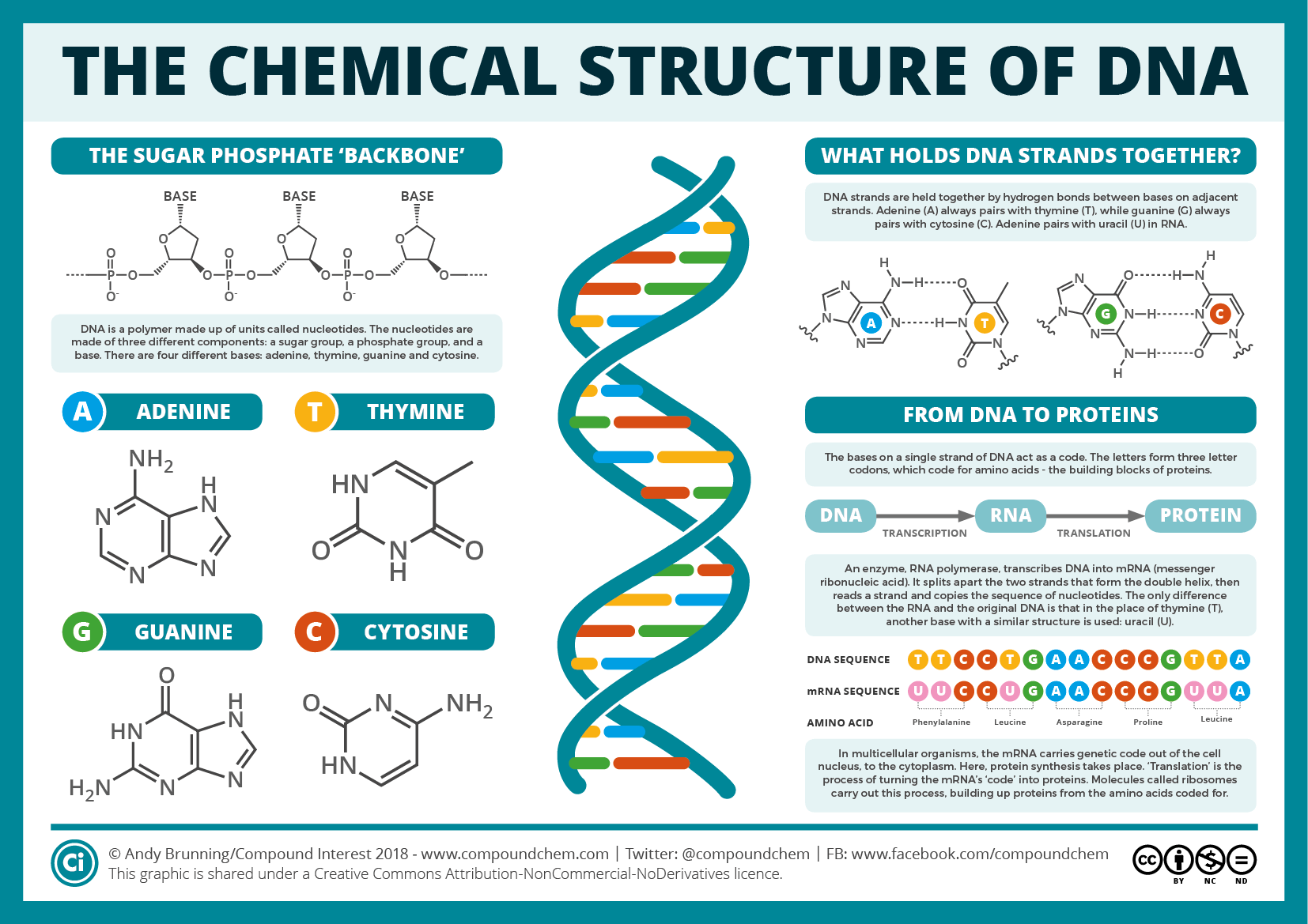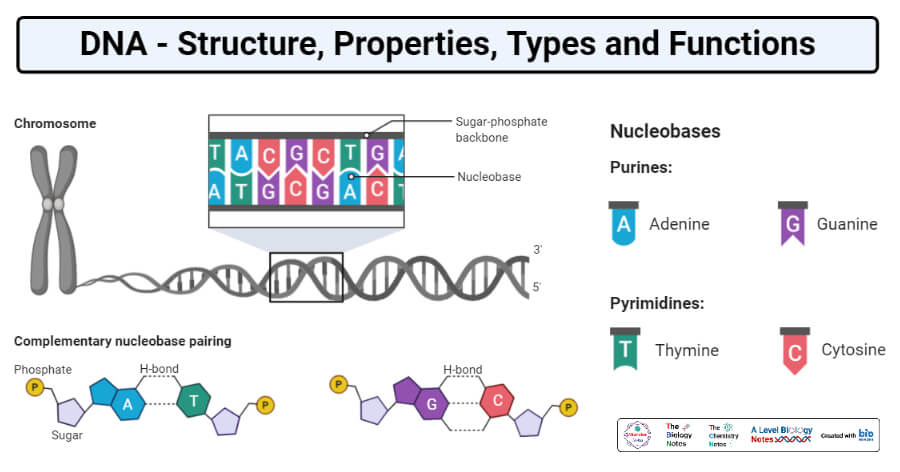What Are The Major Functions Of Dna
Get the answers you need now. Given the enormity of DNAs functions in the human body and its responsibility for the growth and maintenance of life it is not surprising that the discovery of DNA has led to such a great number of developments in treating disease.

Week 25 Dna Replication Science Biology Dna Replication Biology Lessons
Deoxyribonucleic acid or DNA is a biological macromolecule that carries hereditary information in many organisms.

What are the major functions of dna. The main role of DNA in the cell is the long-term storage of information. The major function of DNA is to encode the. This DNA is usually circular.
In eukaryotes most of the DNA is found in chromatin of nucleus. The function of DNA polymeraseis to replicate proofread and repair DNA. But anyways simply put DNA or deoxyribonucleicacid is the most primary form of genetic material in an organism.
DNA is necessary for the production of proteins the regulation metabolism and reproduction of the cell. To facilitate occurring mutations and even mutational change in a single nucleotide pair called point mutation. DNA or deoxyribonucleic acid is a helically twisted double chain polydeoxyribonucleotide macromolecule which constitutes the genetic material of all organisms with the exception of rhinoviruses.
It is passed on from generation to generation and contains the genetic material which determines the characteristics of an organism. In prokaryotes it occurs in nucleoid and plasmids. What are the two major functions of DNA.
The functions of DNA are vital for inheritance coding for proteins and the genetic blueprint of life. It is present in all living organisms even in viruses. It contains codes for the assembly of amino acids into all the proteins required in the body.
Keeping this in view what are DNAs two main functions. Two functions of DNA are the regulations for an organisms biological development and reproduction. All known cellular life and some viruses contain DNA.
The main function of DNA or Deoxyribonucleic Acid is to contain the genetic information of a living being said genetic information is nothing more and nothing less than therecipeof all physical and structural characteristics of the organism. To have the ability to mutate to add variability to information. Deoxyribonucleic acid DNA is a nucleic acid that contains the genetic instructions for the development and function of living things.
By signing up youll get thousands of step-by-step solutions to your homework questions. Asked by Topperlearning User 16th Jun 2014 0440. To replicate faithfully preserve information 3.
Joining Okazaki fragments sealing repairs. I It provides for protein synthesis which allows growth and development of an organism. Several DNA polymerasesexist but DNA polymeraseI or PolI and DNA polymerase III or Pol III are the mainones involved in DNA replication.
Jasmiinnee jasmiinnee 03282021 Biology High School answered What are the major functions of dna. To carry out these functions DNA sequences must be converted into messages that can be used to produce proteins which are the complex molecules that do most of the work in our bodies. To form proteins and RNA.
The functions of DNA are essential for characteristic inheritance encoding for proteins and the genetic blueprint of living organisms. What are the major functions of dna. An Overview of DNA Functions.
What is the main function of DNA. What are the three main functions of DNA. The functions of DNA are vital for inheritance Genetic Engineering It is found in most cells of every organism coding for proteins and the genetic blueprint of life these are not really letters.
All known cellular life and some viruses contain DNA. What are the major functions of DNA. DNA carries the genetic information in the cells of all living organisms.
What are the different DNA polymerases. DNA ligase accomplishs three main functions. The genetic information for the cell is contained in the sequence of the bases A T G and C in the DNA molecule.
Major function of DNA is to transfer genetic information from one generation to the next. To store information 2. To exchange the genetic material of parental chromosomes during meiotic cell division.
Major function of DNA is to transfer genetic information from one generation to the next Replication means. Ii It replicates itself and provides each replicate a copy of itself to allow for protein synthesis. In other words it is our identity.
DNA contains in the coding for proteins which are compound molecules that necessary for vital. Large compressed DNA molecules with associated proteins called chromatin are mostly present inside the nucleus. The three main functions of DNA are as follows.
DNA Ligase is an essential enzyme within all cells that seals breaks in the phosphate-sugar backbone of DNA.

Dna Structure Properties Types Forms Functions

6 D Loops Maintain Mitochondrial Origins Genes Vii Mitochondrial Dna Synthesis Mitochondrial Dna

Dna Replication Enzymes Identify The Function And Label In 2021 Dna Replication Dna Lesson Biology Worksheet

Difference Between Dna And Rna Comparison Summary Psychologicalhacksscience Study Biology Biochemistry Notes Biology Notes

Explaining Dna Teaching Biology Science Biology Biology Notes

Steps Of Dna Replication Dna Polymerase Dna Replication Biology Lessons

Pin On Genetics Education Resources

Dna Day Inforgraphic Molecular Biology Dna History Teaching Biology

Dna Part 1 Structure And Function Dna Teaching Biology Biology Classroom

Dna Structure Properties Types Forms Functions

Pin On Biology The Four Groups Of Macromolecules

Gene Expression Is The Process By Which Genetic Instructions Are Used To Synthesize Gene Products These Pro Molecular Genetics Gene Expression Science Biology

How Does Dna Function And How Is Dna Structured Ancestrydna Learning Hub

Single Stranded Binding Protein Ssbp Csir Net Life Sciences Dna Replication Dna Human Anatomy And Physiology



Posting Komentar untuk "What Are The Major Functions Of Dna"